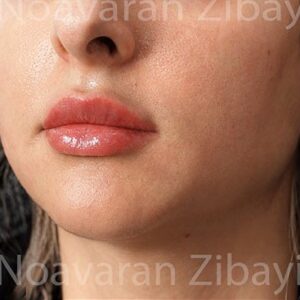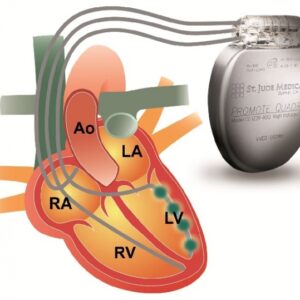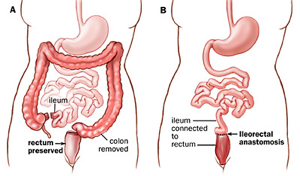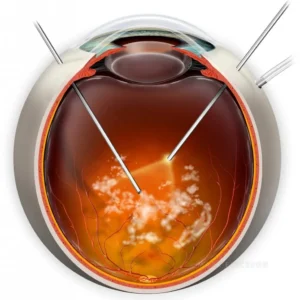Description
Familiarity with Treatment: Revision rhinoplasty, also known as secondary rhinoplasty, is a surgical procedure aimed at correcting or improving the results of a previous rhinoplasty. This surgery is often more complex due to the presence of scar tissue and altered nasal anatomy from the initial procedure.
Procedure:
- Consultation: The process begins with a detailed consultation where the surgeon assesses the patient’s concerns, examines the nasal structure, and discusses the desired outcomes.
- Anesthesia: The surgery is typically performed under general anesthesia.
- Incisions: Depending on the complexity, the surgeon may use an open or closed approach. The open approach involves a small incision on the columella (the tissue between the nostrils), while the closed approach involves incisions inside the nostrils.
- Correction: The surgeon then addresses the issues, which may include reshaping cartilage, removing scar tissue, or adding grafts to support the nasal structure.
- Closure: Once the necessary corrections are made, the incisions are closed, and a splint is applied to support the nose during healing.
Who is it suitable for?
- Individuals who are dissatisfied with the cosmetic results of their initial rhinoplasty.
- Patients experiencing functional issues such as breathing difficulties due to the first surgery.
- Those with structural problems like a collapsed nasal bridge or valve collapse.
Who is it not suitable for?
- Individuals with unrealistic expectations about the outcomes.
- Patients with certain medical conditions that may increase surgical risks.
- Those who have not allowed sufficient time for healing from the initial surgery (typically at least one year).
Advantages
- Improved nasal appearance and symmetry.
- Enhanced nasal function and breathing.
- Correction of structural issues and deformities.
Complications
- Infection and bleeding.
- Scarring and prolonged swelling.
- Difficulty in achieving the desired results due to scar tissue.
- Potential for further revision surgeries if complications arise.
Previous Care
- Detailed consultation and planning with a qualified surgeon.
- Pre-surgical assessments to ensure the patient is a suitable candidate.
- Clear communication of expectations and potential risks.
Aftercare
- Follow-up appointments to monitor healing and address any concerns.
- Adherence to post-operative care instructions, including avoiding strenuous activities.
- Keeping the head elevated and applying cold compresses to reduce swelling.
- Taking prescribed medications to manage pain and prevent infection.
Only logged in customers who have purchased this product may leave a review.






Reviews
There are no reviews yet.